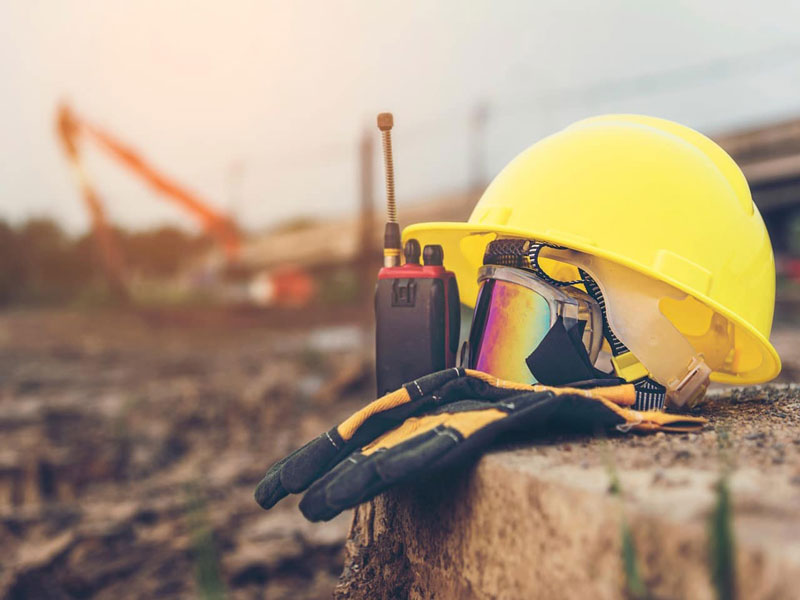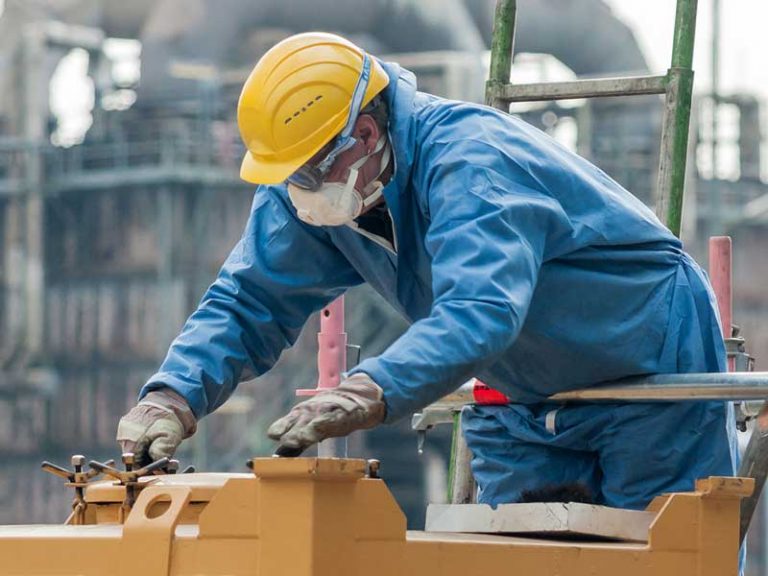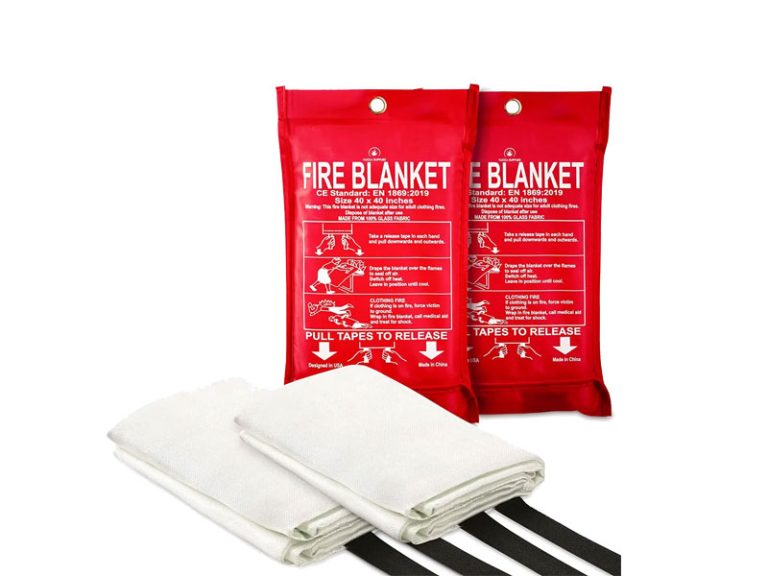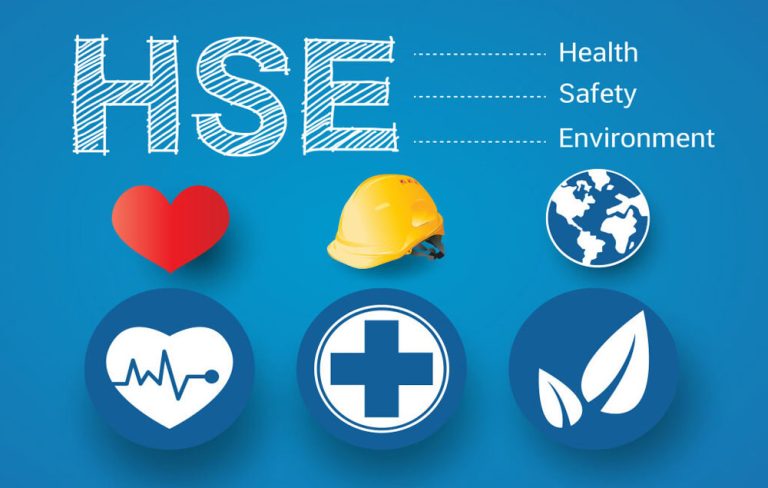When working on a construction site, it is important to wear the proper Personal Protective Equipment (PPE). A PPE checklist can help you make sure that you have everything you need to stay safe. Some items that should be on your PPE checklist include: a hard hat, safety goggles, earplugs or earmuffs, a dust mask, gloves, and steel-toed boots. Wearing the proper PPE can help protect you from injuries.
Table of Contents
Legal requirements of PPE in construction
Personal protective equipment (PPE) is a general term for any product or system designed to protect the wearer’s body from injury or infection.
The following are the legal requirements of PPE in construction.
Law on Occupational Safety and Health
Law on Occupational Safety and Health was promulgated in 2001. It regulates occupational safety and health at all workplaces in Vietnam, including construction sites.
Article 17 stipulates that employers must ensure safe working conditions for workers at all times. Employers have to take measures to prevent accidents, injuries and diseases caused by poor working conditions, improper use of equipment or materials, lack of training and inadequate working practices. Employers must also ensure that workers receive adequate training so they can work safely without risking their health or property.
Article 22 requires that all employers must prepare an occupational safety policy and safety rules which should be signed by each employee. The occupational safety policy should include:
- The purpose of occupational safety;
- The roles and responsibilities of employees;
- Occupational safety standards and procedures;
- Methods to assess risks at workplaces;
- Methods to eliminate risks at workplaces;
Importance of PPE in construction
The importance of PPE in construction is immense. It’s a vital part of the safety measures observed in any construction site. PPE stands for Personal Protective Equipment and it is a term used to describe any item of clothing or equipment that protects its user from hazards.
Safety gears like hard hats, eye-wear, gloves, masks and ear plugs are important for all types of workers on any construction site. The different types of personal protective equipment are needed to protect the body parts from injury by external forces or chemicals.
There are various types of PPE that can be used by construction workers according to the nature of the job they are doing. For example, if they have to work with heavy machinery or with materials that may cause harm if they come into contact with them then they should wear safety gloves and safety goggles to avoid getting injured.
In addition to these things, there are other requirements that must be met by all workers in order to ensure their safety while working on a construction site:
- Regular checkups: It is important for every worker to undergo regular checkups so that any existing problems can be detected early and treated before they become serious enough for someone else to notice them.
- Wear safety shoes: It is also important for people who work.
OSHA offers construction site safety checklists
The Occupational Safety and Health Administration (OSHA) has a number of resources available for employers, employees and others to help keep workers safe at work sites. These resources range from fact sheets to guides to online tools such as a checklist for construction sites.
Construction Site Safety Checklist
The construction site safety checklist is designed to help employers ensure that their worksites are safe for workers by identifying hazards before they occur, providing training on how to handle them safely and requiring protective equipment such as hard hats and eye protection. The checklist also requires that all employees wear identification badges clearly identifying them as part of the crew working on that particular project. It includes tips on how to identify unsafe conditions at work sites and how to prevent injuries by using proper PPE (personal protective equipment).

Jobsite hazard identification checklist
A jobsite hazard identification checklist is a list of all possible hazards that can occur at a workplace. It helps to identify any safety issues before they happen. Jobsite hazards and risks can be difficult to identify, especially when you’re not familiar with the area. However, it’s important that you do so to ensure worker safety and avoid accidents and injuries.
To help you identify jobsite hazards, here are some of the most common ones:
Slippery surfaces
Slip-and-fall accidents are very common in construction sites because of the presence of slippery surfaces such as oil, grease or water. To prevent this from happening, make sure that there are no slippery spots on your site by mopping them off regularly or covering them with sandbags.
Electricity hazards
Electricity is one of the most common causes of injuries among construction workers due to improper use of power tools and equipment such as extension cords or ladders. Make sure that all power sources are properly grounded before using them in your job site.
Falling objects
Falling objects can cause serious injuries if they hit someone on their head or body. To prevent this from happening, make sure that no construction materials are left lying around in areas where people pass through often (e.g., stairways). In addition, properly secure any heavy equipment so that it does not fall from its supports/poles when moved by untrained personnel.
PPE inspection
PPE inspection is the process of examining and testing personal protective equipment (PPE) to ensure its compliance with safety regulations. PPE is any clothing or equipment that can be worn by individuals to protect themselves from hazards in their workplace. It includes hard hats, goggles, respirators, gloves, boots and other items that a worker might wear on the job.
PPE inspection is often conducted by third-party contractors who specialize in this type of work. Inspectors will inspect all PPE before it leaves the factory so that any problems can be identified and corrected before products leave the plant.
The purpose of PPE inspection is to ensure that each item meets safety standards before it leaves the factory. This ensures that workers are protected against any hazards they may encounter during their jobs. PPE must also meet certain standards such as durability, comfort, design and functionality in order to be considered safe for use by employees.
To perform an accurate inspection of PPE, an inspector must know what type of PPE he or she is inspecting as well as its intended purpose and use. For example, a hard hat used by construction workers may need to meet more stringent requirements than one used by firefighters because it will be exposed to more dangerous conditions on a regular basis and should last longer.
The following are some tips for conducting a PPE inspection:
- Check for leaks around seams and pockets.
- Ensure that all fasteners are secure and not defective.
- Look for damaged zippers, cracked plastic or worn out fabric.
- Test the effectiveness of any protective devices such as face shields, ear muffs or noise reducing ear plugs by placing them on your head and turning on a fan nearby. If you can still hear it then they need to be replaced immediately because they aren’t protecting you from loud noises like they should be doing!
Housekeeping inspection
A housekeeping inspection is a thorough examination of the premises and its contents, and it should be performed at least once a year. It is necessary to keep the property in good order and prevent damage to your belongings, as well as protect your investment.
A housekeeping inspection can be performed by professionals, but you can also do it yourself. Here are some tips on how to conduct a thorough housekeeping inspection:
- Inspect all areas of the property. Make sure that there are no broken windows or doors, leaking pipes, loose wiring or other problems that could pose danger to you or your family members.
- Check the electrical outlets for signs of wear or damage. Also make sure that all electrical appliances are in good condition and working properly.
- Check all plumbing fixtures for leaks or drips from faucets and drains; toilets should flush easily without making noise or leaving residue behind after each flush; showers and tubs should drain properly without leaving standing water after each use; toilets and sinks should not leak onto floors below them; hot water heaters should produce hot water instantly when turned on; gas stoves should operate smoothly without making unusual noises; gas furnaces should produce heat when turned on.

Electrical cord, plug equipment, and tool safety checklist
Electrical cords and plugs are essential for any household or business, they are used to power appliances, lamps, fans and other devices. but the hazards associated with them can be severe if they aren’t used safely. The following checklist will help you make sure you’re following proper guidelines.
- Check power cords for wear and tear. If there are any nicks or tears in the insulation, replace the cord immediately.
- Inspect plug for loose or missing prong caps or other damage. Do not use damaged plugs!
- Do not use extension cords unless absolutely necessary and only with heavy-duty cords rated for outdoor use. Avoid overloading extension cords by plugging too many items into one outlet strip or multi-outlet strip (typically 3 or 4 outlets). You should also avoid rearranging power strips or plugging too many devices into one outlet strip to avoid overloading them, which can cause fire hazards or short circuits (this includes power strips and multi-outlet strips).
- Make sure that all appliances have a UL listing (Underwriter Laboratories). This means they have been tested and meet safety standards.
- Do not leave small children alone with electric appliances.
- If there is a problem with an extension cord or power strip that has overheated or sparked, unplug it immediately and consider replacing it as soon as possible because there may be a risk of fire due to electrical problems with the cord itself, even if it does not appear to be a problem.
- Never run an electrical cord across walkways where people may trip over them. Also do not place them under rugs or carpets where they could overheat from friction against the floor surface. If possible, route all cords so that they are out of the way of foot traffic in your home or business establishment to prevent tripping hazards.
- Do not use extension cords with power tools because an excessively long extension cord can cause the power tool to overheat; also use only heavy-duty extension cords that are rated for higher currents than those required by the power tool.
Fall protection checklist
A fall protection checklist can be used to ensure that all of the necessary safety equipment is in place before work begins. While this is not a comprehensive list, it is a good place to start when you are planning your fall protection program.
Step 1: Ensure there is an accessible emergency stop device located within easy reach of each worker.
Step 2: Ensure that all fall arrest systems are inspected regularly for damage and wear.
Step 3: Ensure that all fall arrest systems are free from defects (such as sharp edges or burrs) that could cause injury to a worker.
Step 4: Check anchorages for compliance with OSHA standards and ANSI Z359.1-2007 requirements, including proper installation and inspection of anchorage points by qualified personnel, who use appropriate tools such as a carabiner key tool or test load device (TLT).
Scaffolding safety checklist
A scaffold is a temporary structure that is used to support workers while they are on the job. Scaffolding is most commonly used in construction and renovation projects, but can also be used in other situations where temporary access to elevated heights is needed.
Scaffolding safety checklist
Here’s a scaffolding safety checklist that you should follow when working with scaffolding:
- Before you begin work, make sure that the scaffold has been properly built and erected according to manufacturer specifications and local building codes.
- Always wear appropriate personal protective equipment (PPE) when working on scaffolds, including hard hats, gloves and safety shoes or boots.
- Make sure that all workers understand how to use the equipment safely before they climb up or down from a ladder.
- Check your surroundings regularly for hazards such as tripping hazards, overhead electrical wires and falling objects before climbing up or down from a ladder.
Conclusion
Construction sites must equip its workers with the right PPEs and not forget the importance of regular check up or inspection. It is crucial that workers or employees in construction site conforms to all rules and regulations regarding the use of protective gears such as hard hat, goggles, gloves, helmet, leg protection boots and so on.







